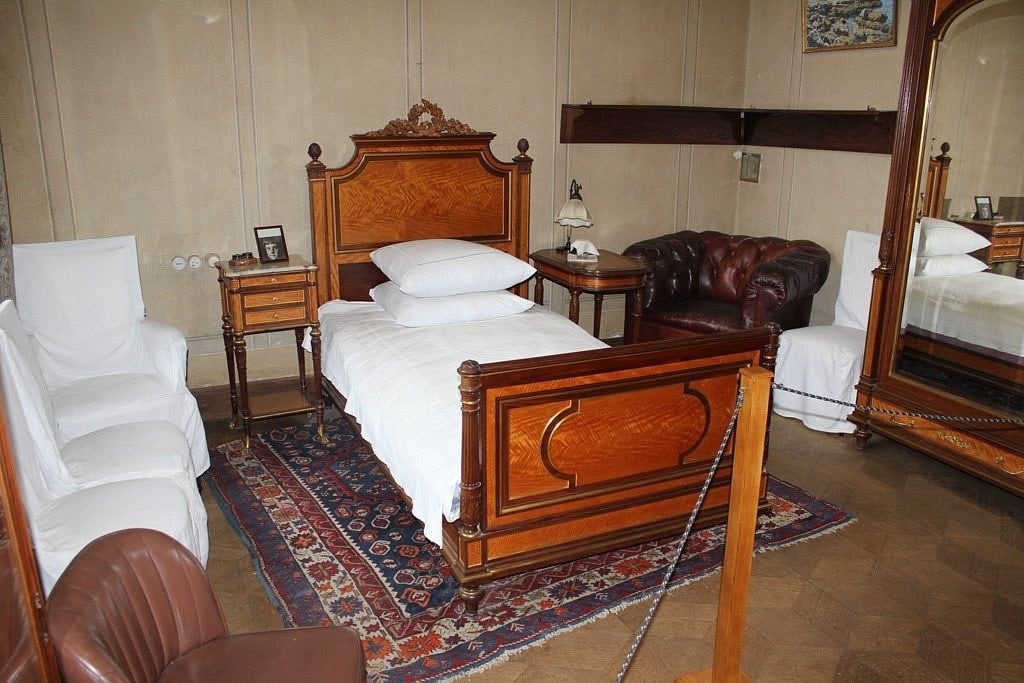The Gorky House: The Residence Stalin Offered To Maxim Gorky
The Gorky Museum, also known as the Ryabouchinsky House, is a stunning example of the Art Nouveau style in Moscow.
This house was built between 1900 and 1903 by the renowned architect Fyodor Schechtel.
It stands out as one of the most original homes in the city.
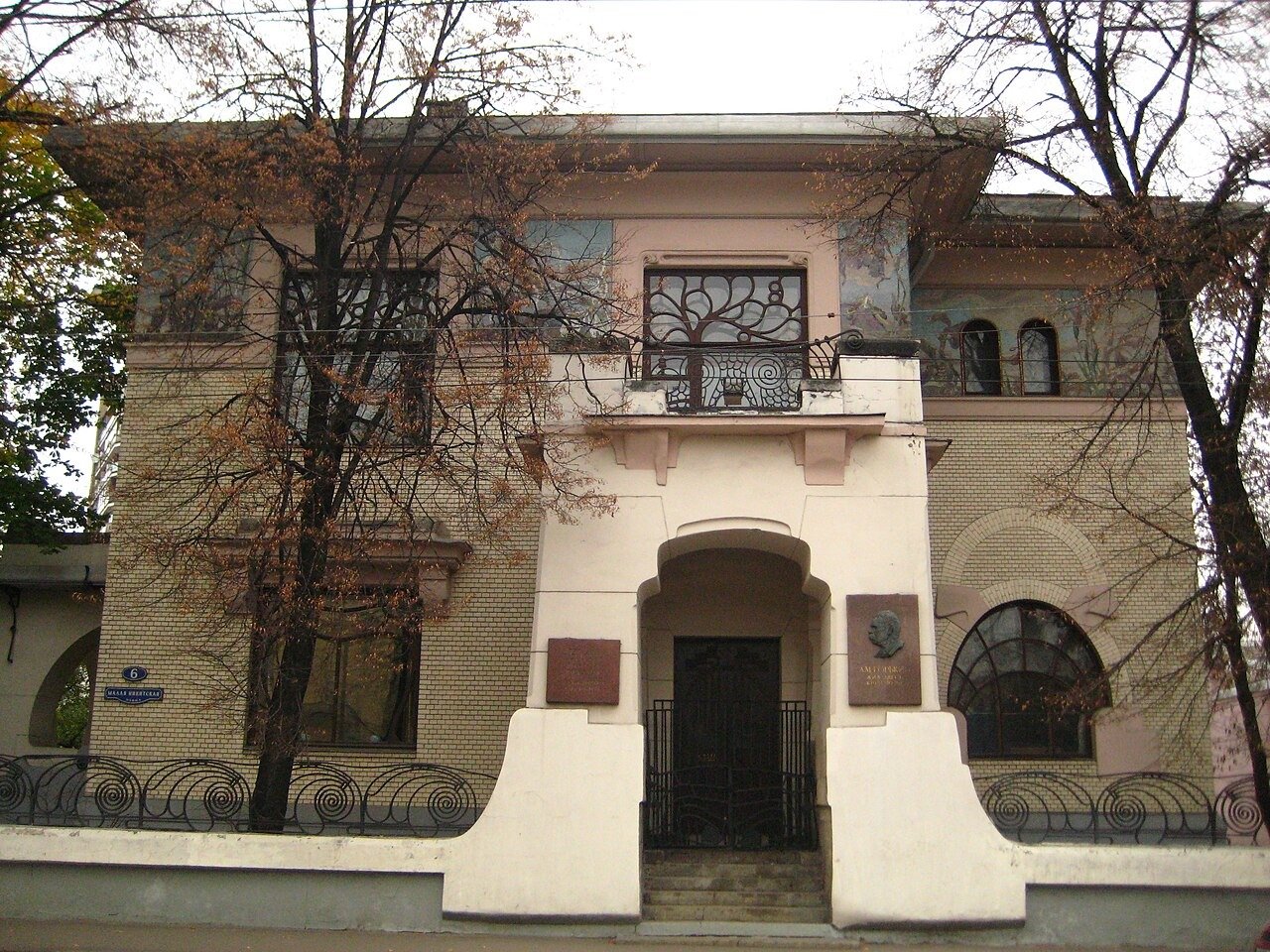
The Ryabouchinsky Family And The House
Stepan Ryabouchinsky came from a family that rose from humble beginnings to become one of the richest in Russia.
Stepan commissioned the house at the turn of the 20th century.
By that time, he was only twenty-six years old.
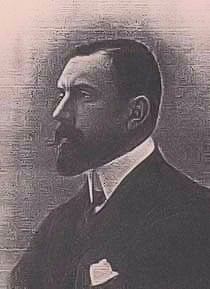
The Ryabouchinsky family was not only known for their wealth but also for their religious beliefs.
They were Old Believers, a sect of the Russian Orthodox Church that rejected the church reforms of the 17th century.
Because of this, the family had to practice their faith discreetly.
Schechtel designed a small chapel hidden under the roof of the house to allow the family to worship in private.
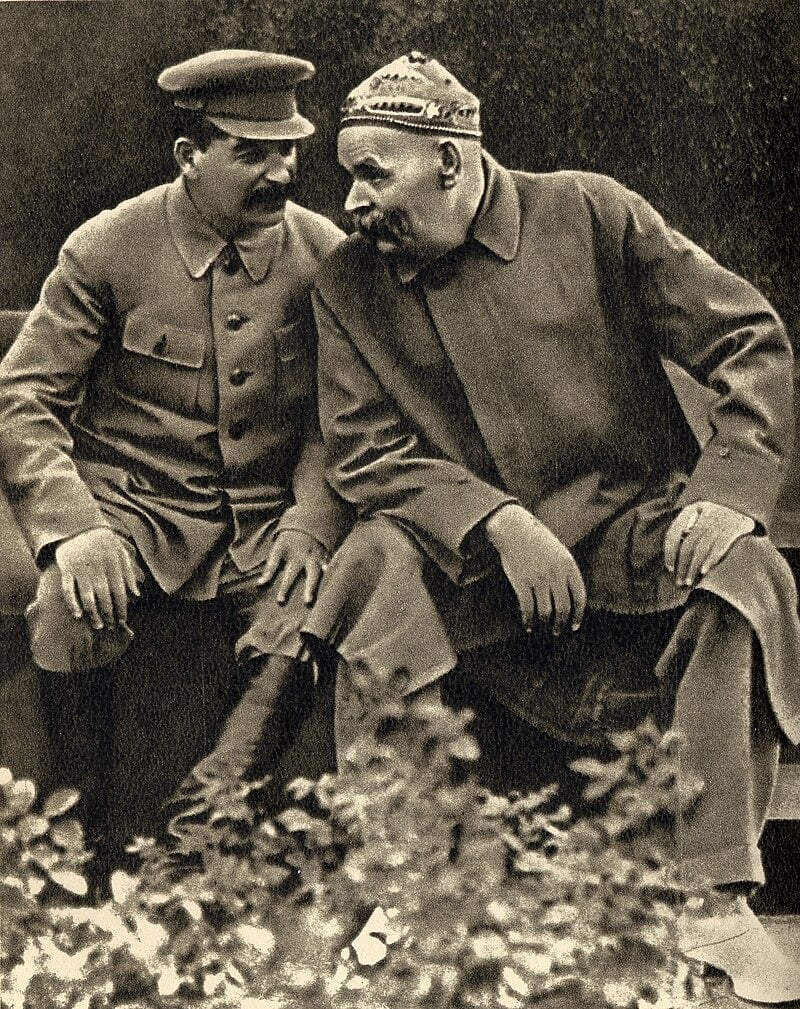
Fyodor Schechtel, the architect chosen to bring Stepan’s vision to life, was already a prominent figure in Moscow’s architectural scene.
His design for the Ryabouchinsky House was completed between 1900 and 1903.
The architect used asymmetric forms, curving lines, and intricate decorations to make it a standout example of the “Moderne” style, the Russian term for Art Nouveau.
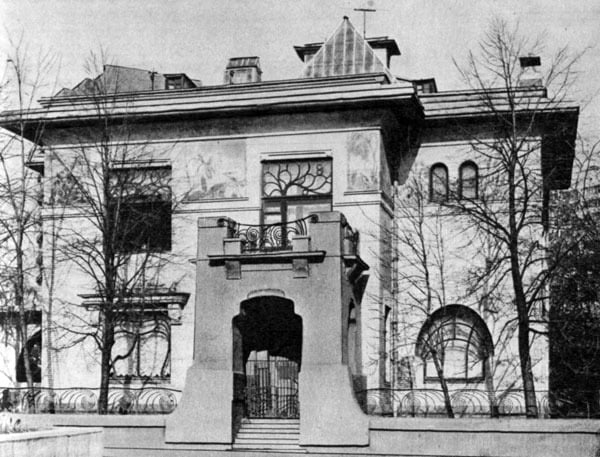
The facade features colorful ceramic decorations, elaborate wrought ironwork, and a massive concrete porch that looks like the entrance to a cave.
This porch is also reminiscent of the “kryltso,” a traditional Russian ceremonial porch.
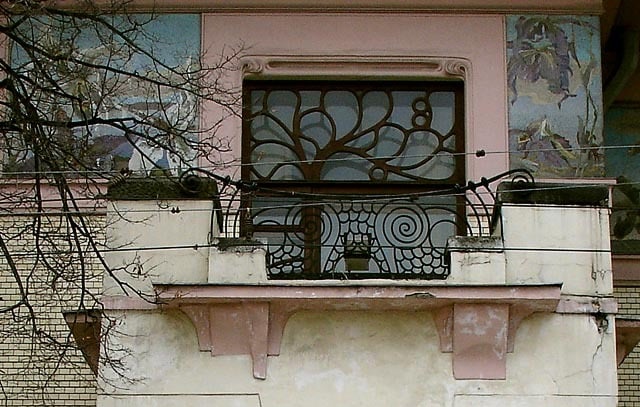
Gorky’s Residence
The Ryabouchinsky family’s fortunes changed dramatically after the Russian Revolution in 1917.
Their property, including the house, was seized by the Bolsheviks, and the family fled to Italy.
Stepan Ryabouchinsky died in Milan in 1942, far from his beloved home.
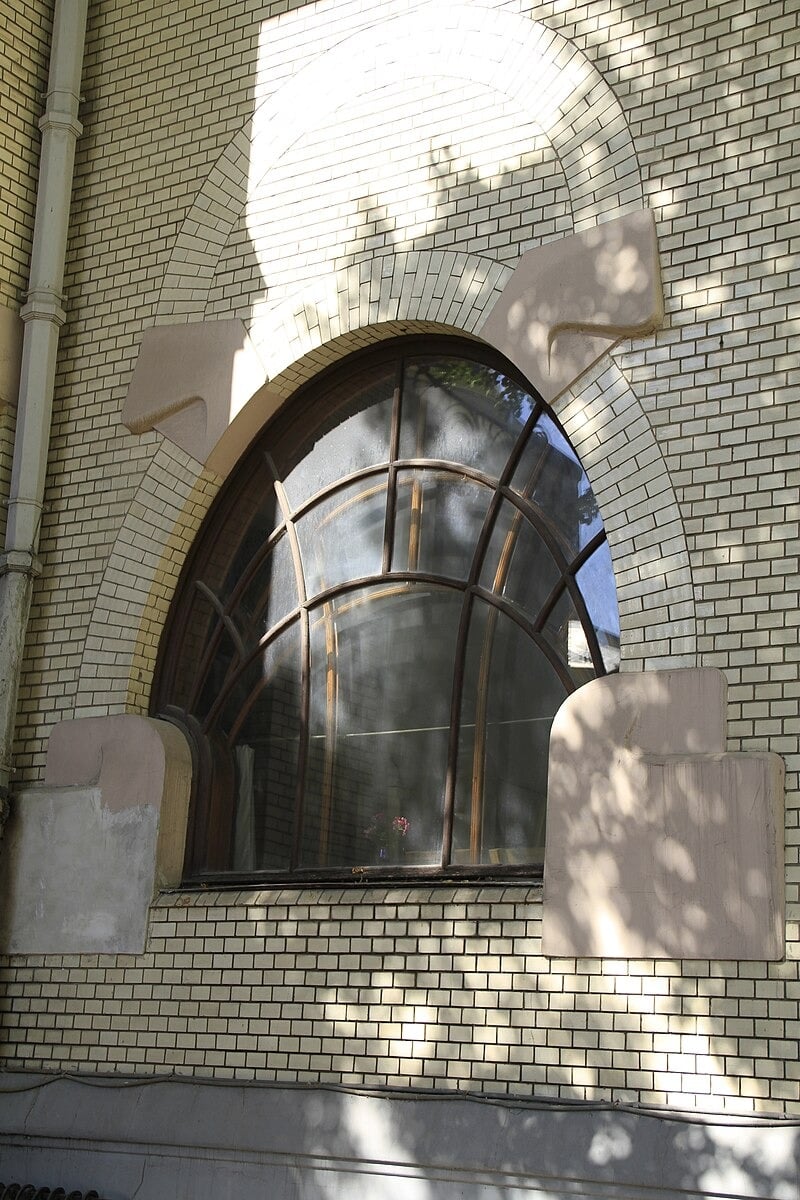
The house went through several uses in the early Soviet period, including serving as a state institute and a kindergarten.
Maxim Gorky, a leading figure in Russian literature and an outspoken critic of the Soviet regime, had spent years in self-imposed exile in Italy.
In 1931, facing financial difficulties and under persistent pressure from the Soviet government, Gorky returned to Russia.
Stalin personally offered him the Ryabouchinsky House, along with a dacha in the suburbs. Gorky reluctantly accepted and moved in with his family.
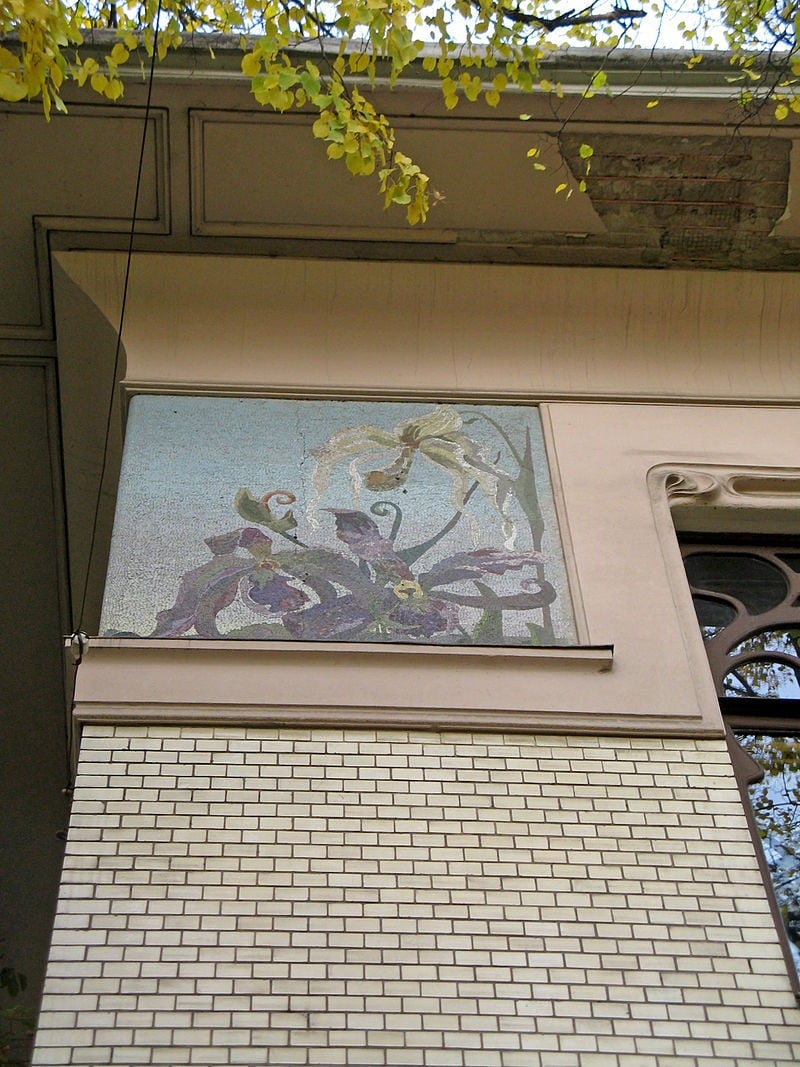
Gorky accepted the offer and lived in the house until his death in 1936.
Gorky’s time in the house was marked by both creative activity and deep personal sorrow.
He was under constant surveillance, and his son died under mysterious circumstances in 1934, which deeply affected him.
Gorky’s widow continued to live in the house until her death in 1965, after which it was turned into the Gorky Museum.
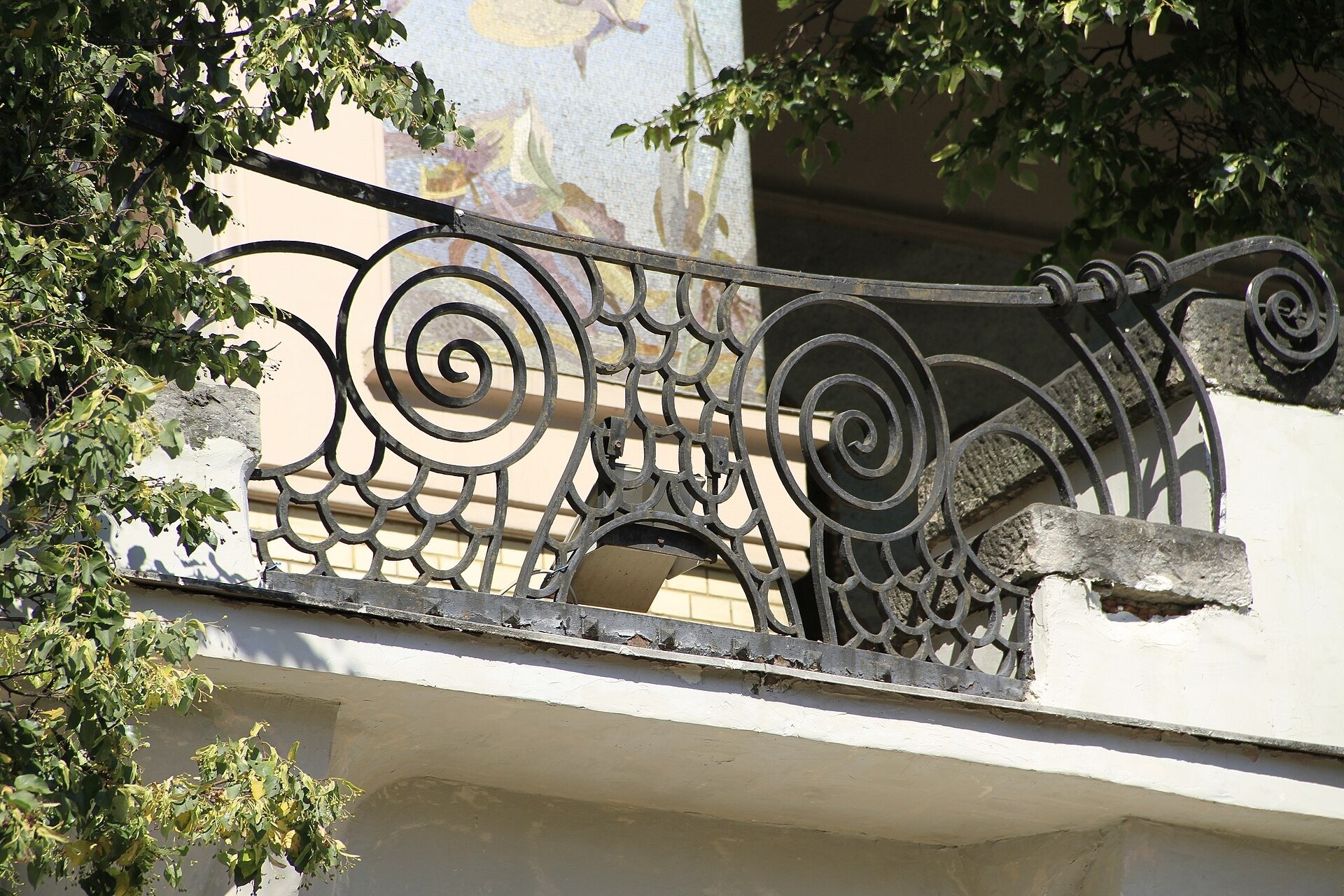
Architecture
The Gorky Museum is as much a work of art.
The most striking feature of the interior is the grand staircase, which is designed to look like a wave.
The stairway is made from polished concrete mixed with marble and granite, creating a smooth, flowing effect that is reminiscent of the sea.
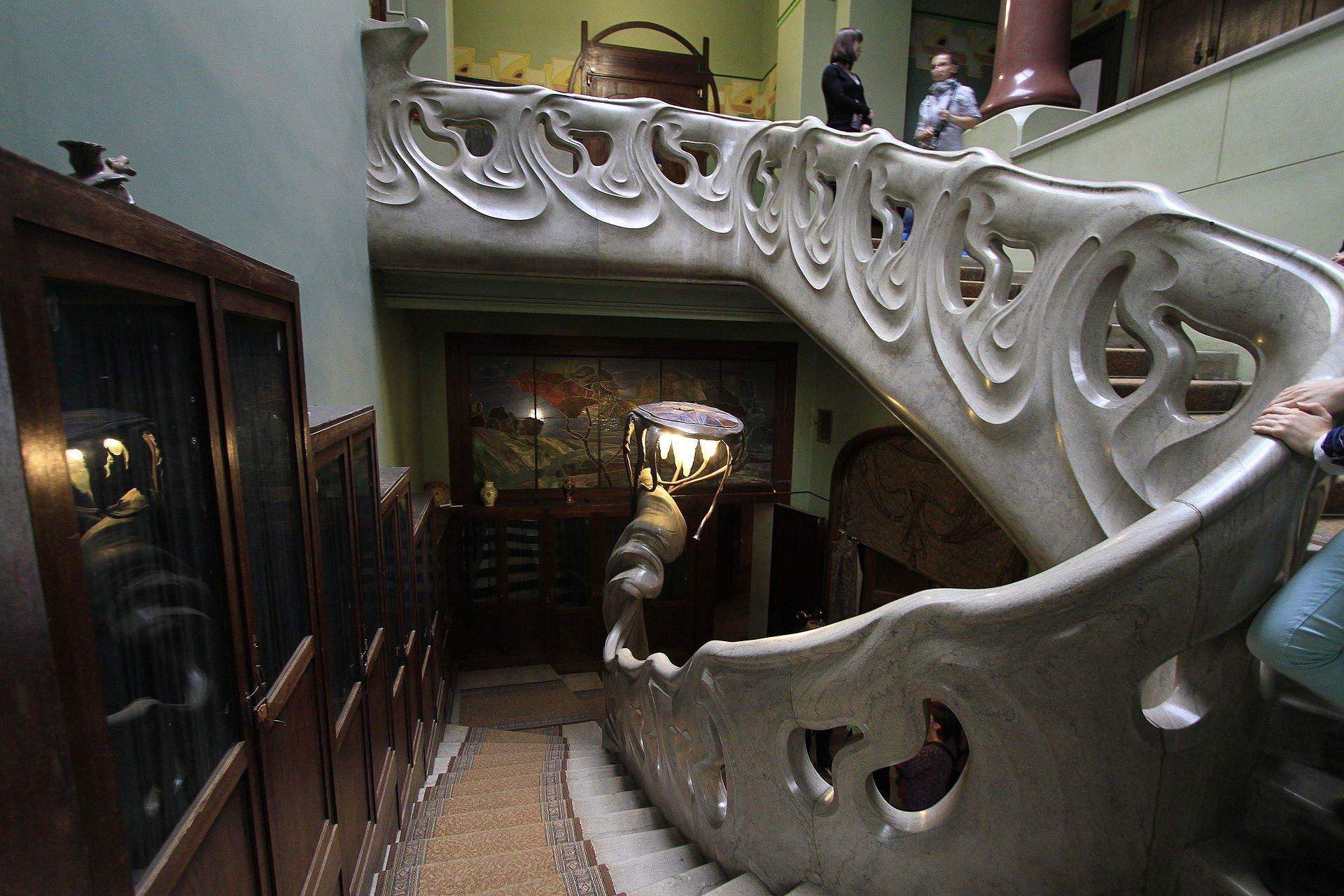
At the base of the staircase is a glass and brass lamp in the shape of a medusa or jellyfish, adding to the underwater atmosphere.

The staircase is lit by a skylight and three vertical panels of stained glass, which create a feeling of being at the bottom of the ocean.
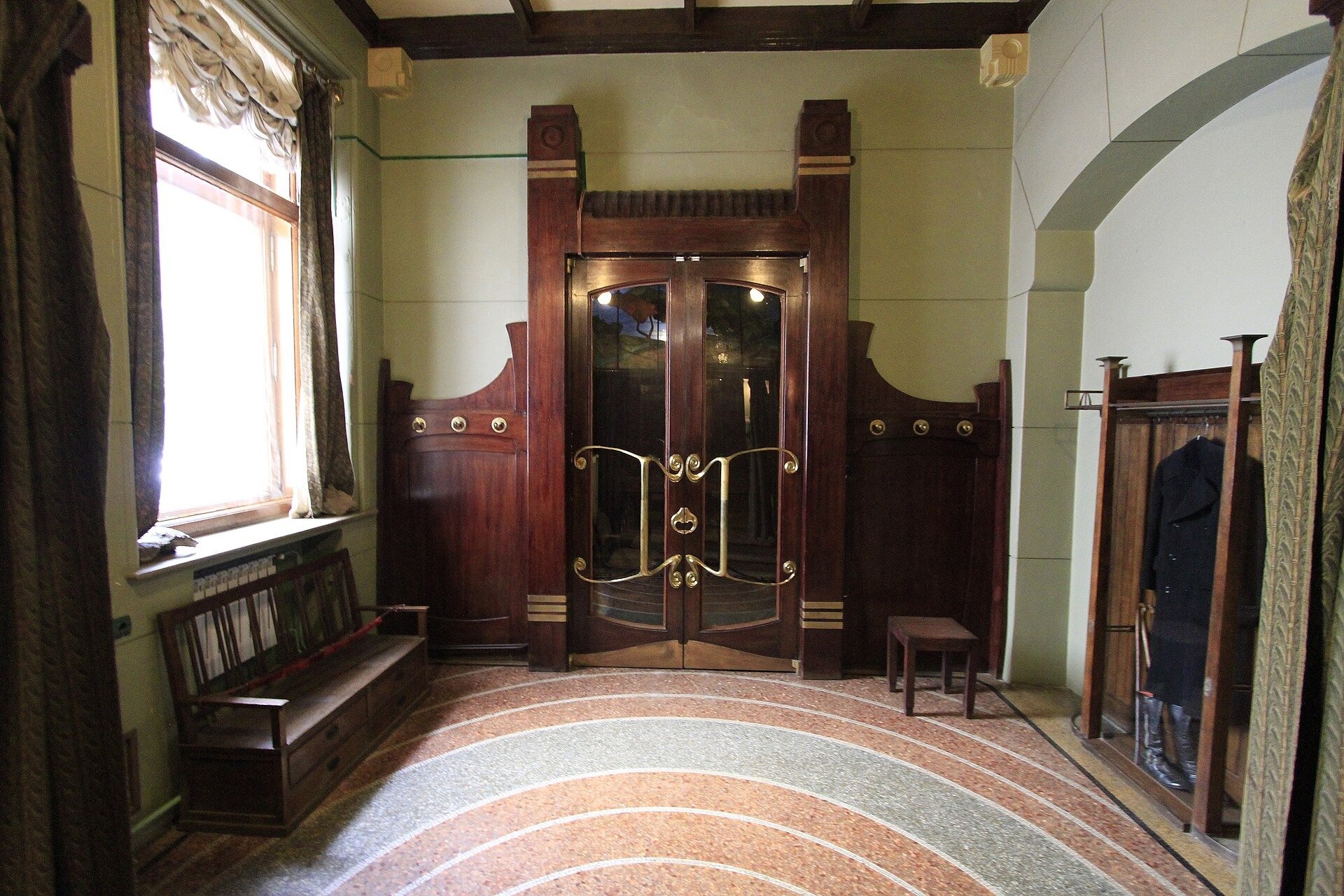
This effect was inspired by the stage design of the opera Sadko by Nikolai Rimsky-Korsakov, which featured a scene set at the bottom of the sea.

The dining room is one of the largest rooms on the ground floor.

It features oak wainscoting, curving plaster designs on the ceiling, and an elaborate iron decoration around the windows.
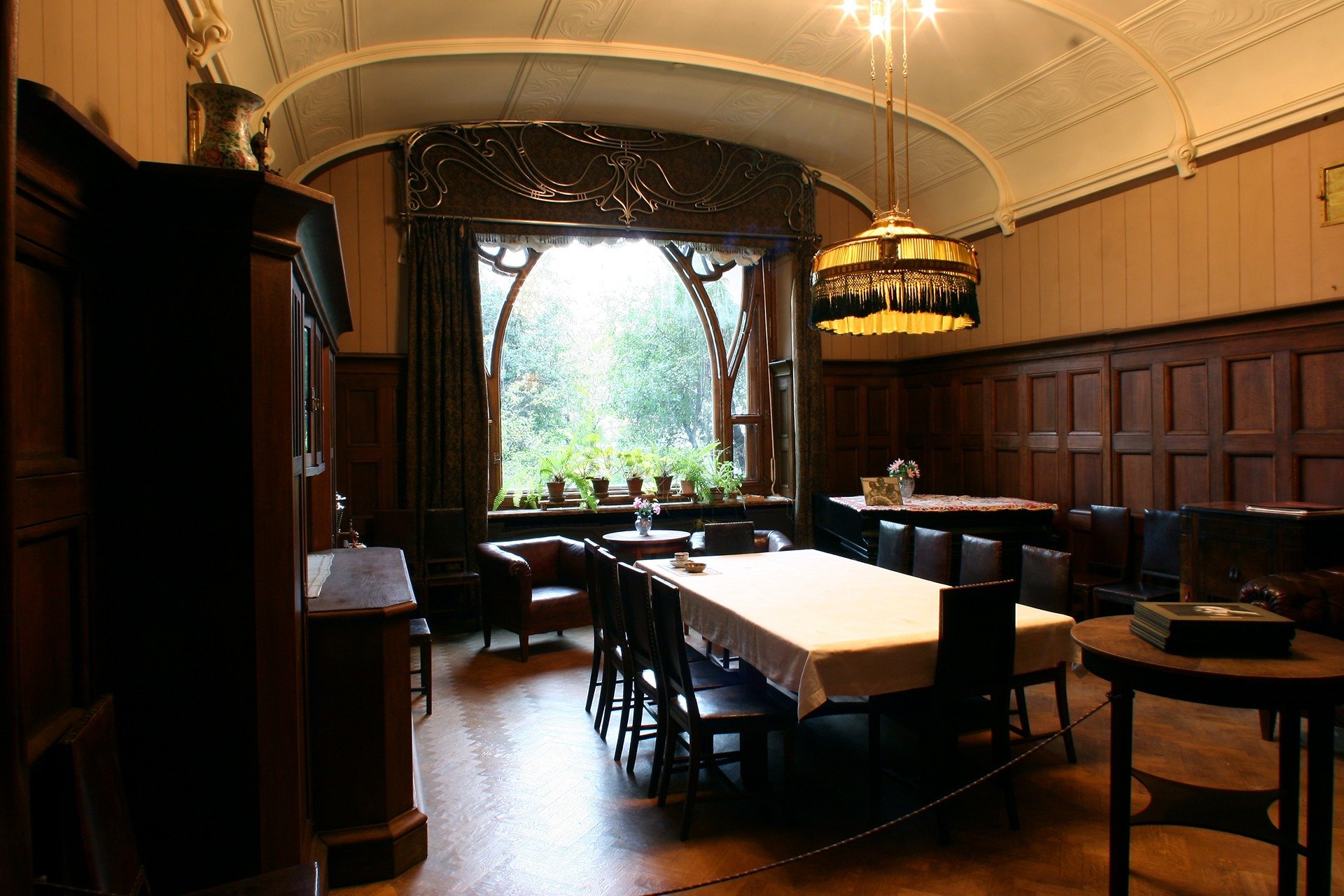
The room originally had a carved white mantle with a dragonfly design, but this was lost after the Revolution.

The house also contains a small discreet chapel, concealed beneath the roof.
The Ryabouchinsky family were Old Believers, a sect of the Russian Orthodox Church that rejected the church reforms of the 17th century.
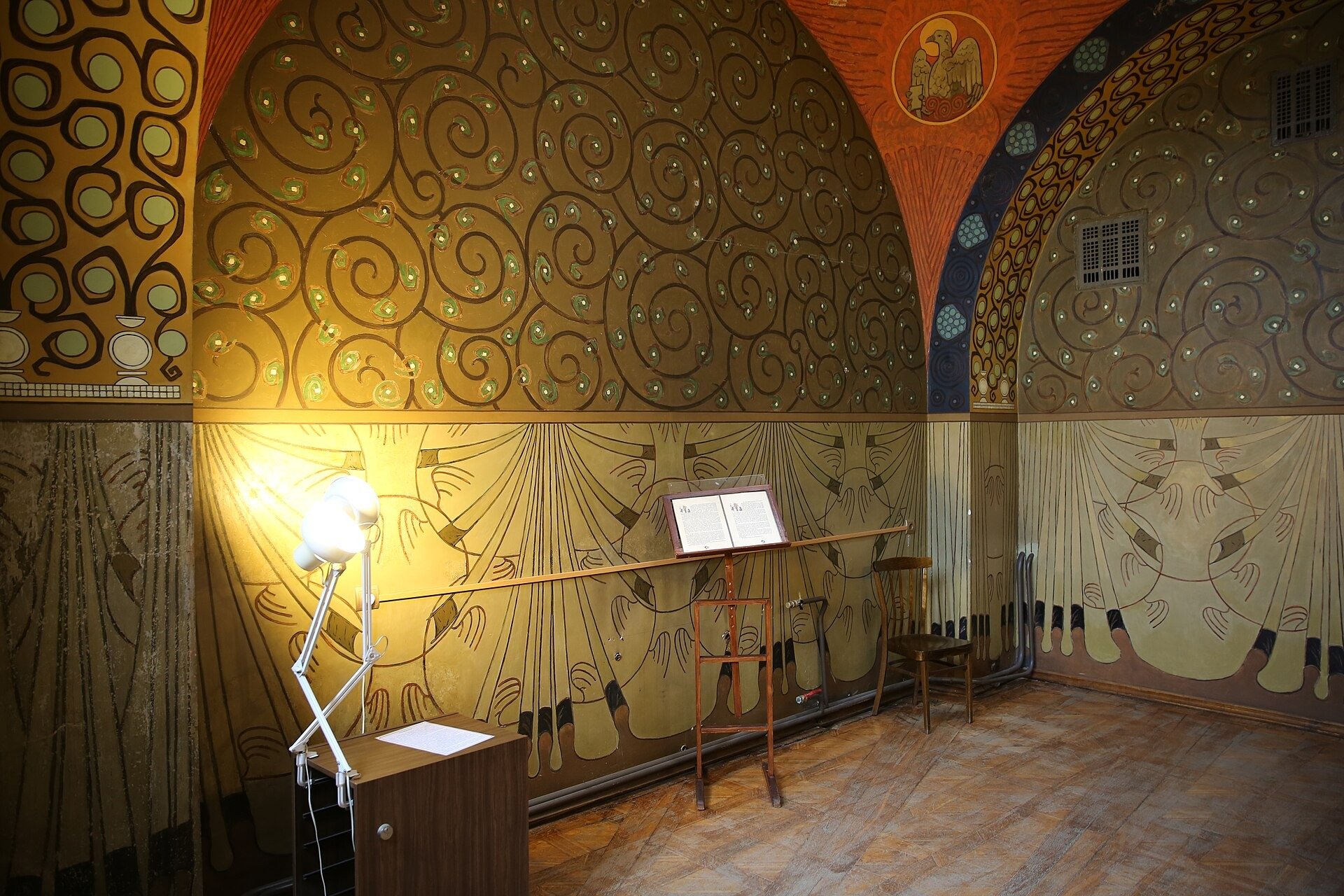
Due to their beliefs, Old Believers were often persecuted and forced to practice their faith in secret.
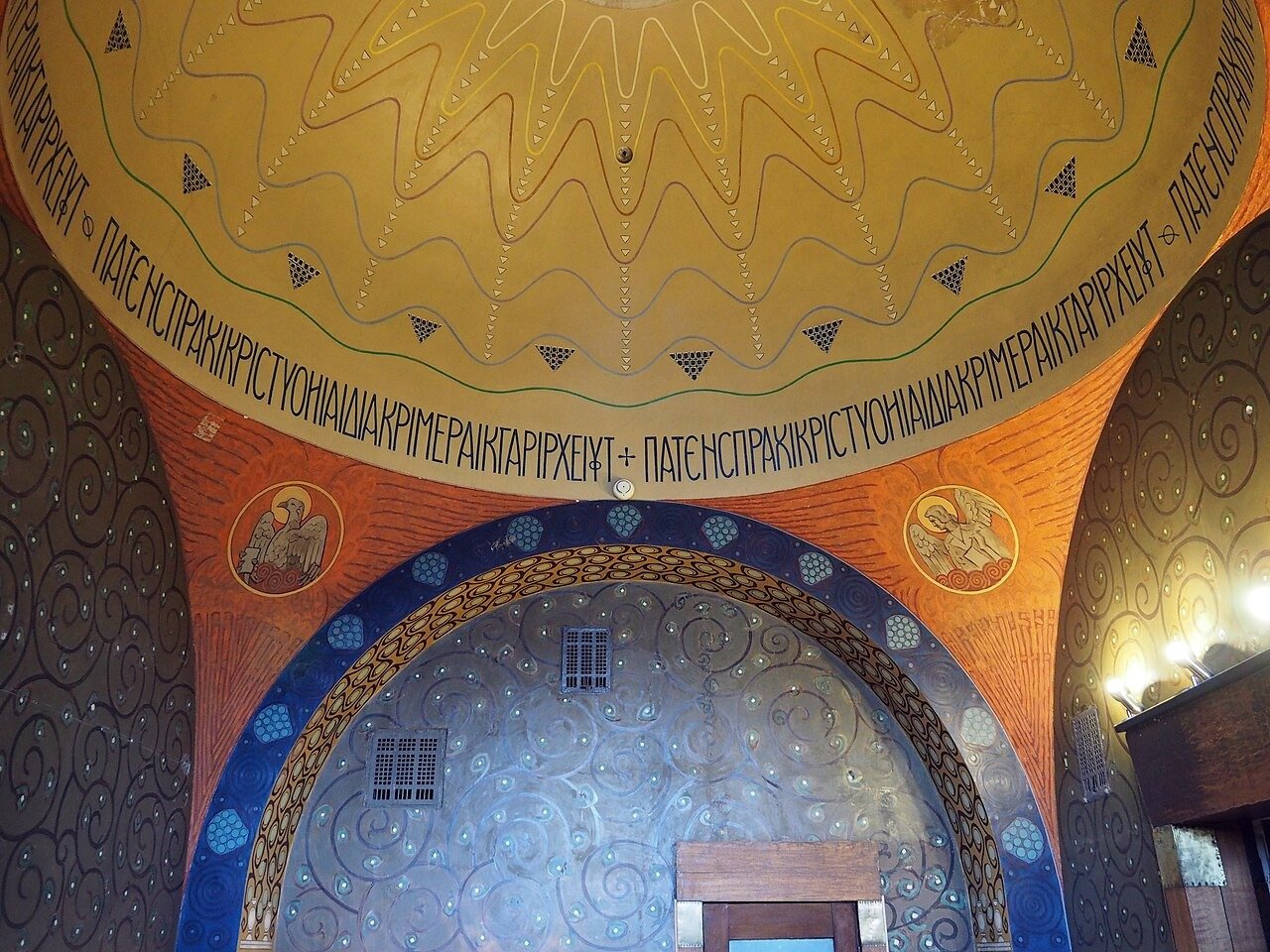
The chapel in the Ryabouchinsky House, with its modest Russian Revival and Moderne ornamentation.
The Gorky Museum
After Gorky passed away, his daughter-in-law continued to live in the house until 1965, after which it was transformed into the Gorky Museum.
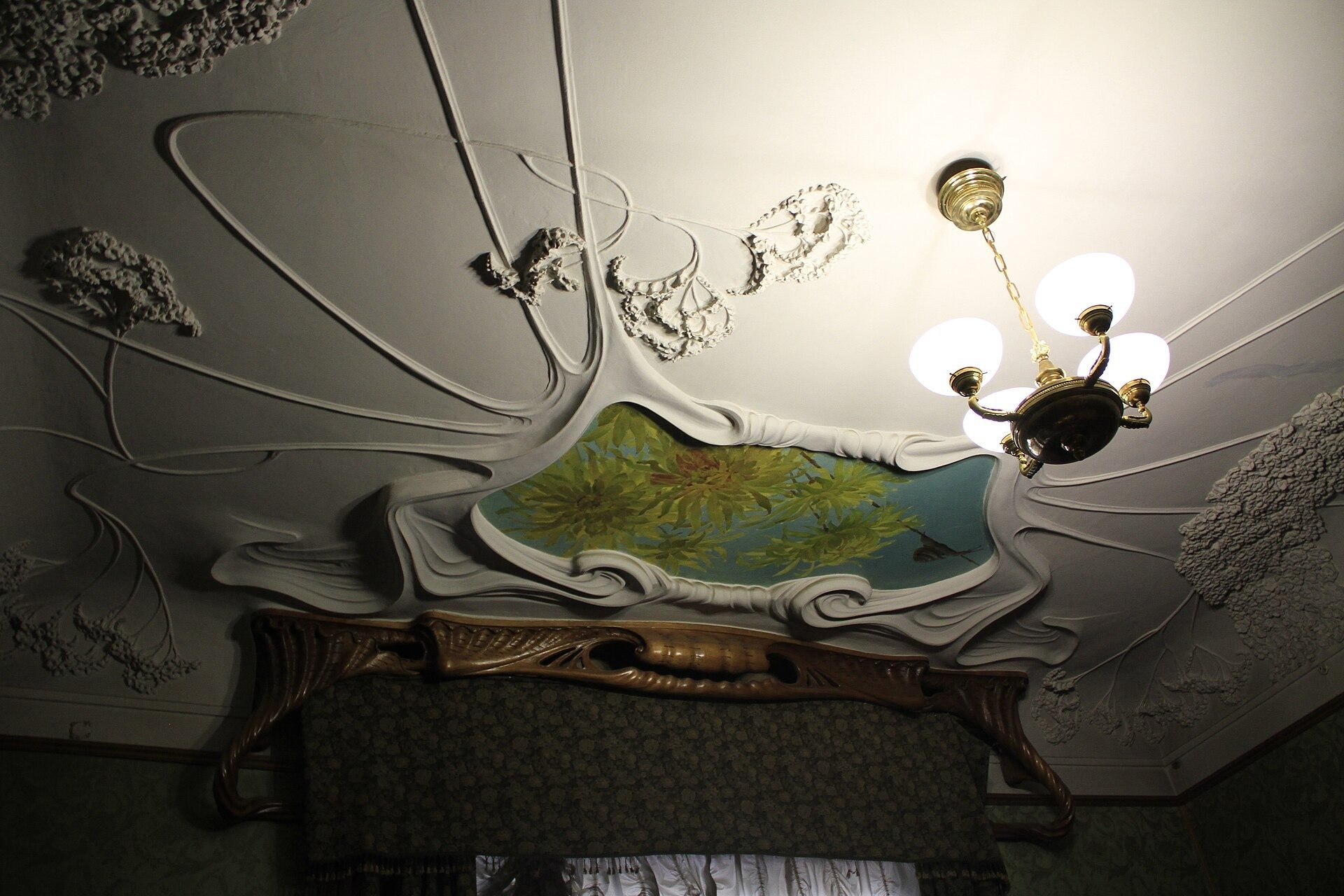
Today, the museum preserves the memory of both the Ryabouchinsky family and Maxim Gorky.
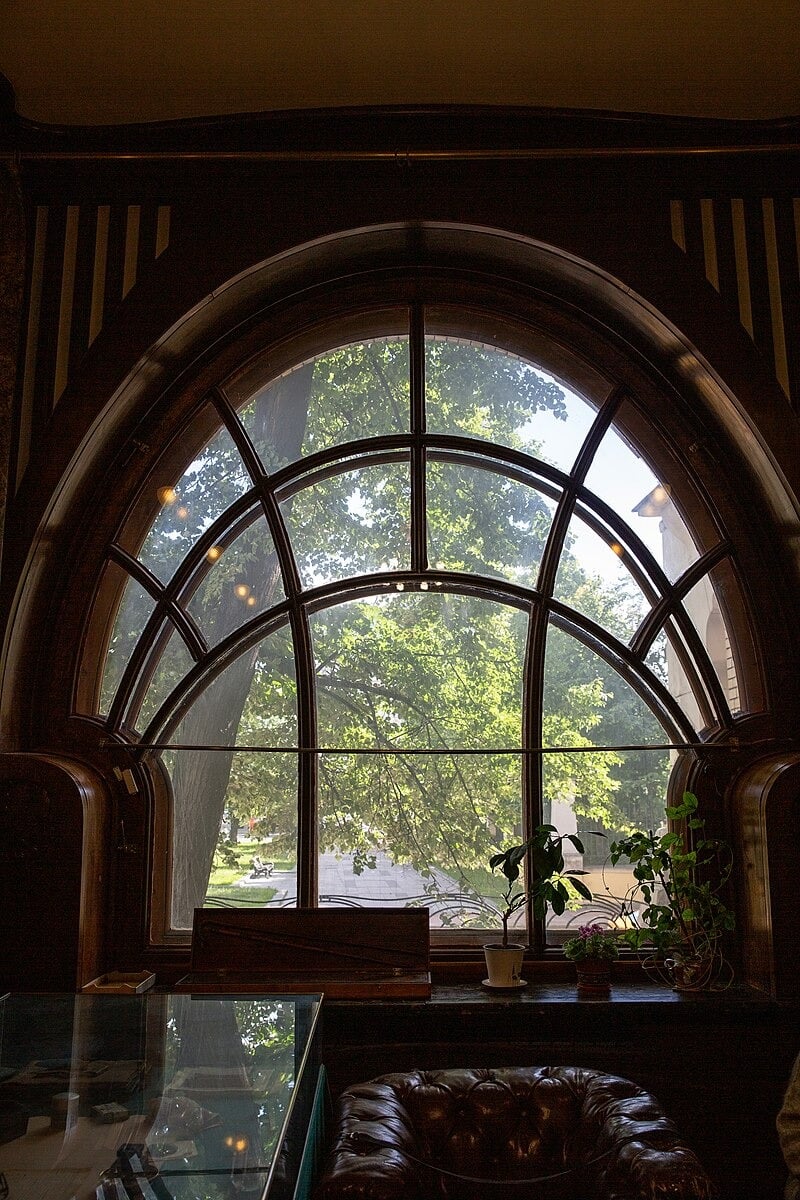
Visitors can explore the rooms where Gorky lived and wrote, including his vast library, which houses over 12,000 volumes, the second largest collection of any Russian writer after Leo Tolstoy.

The museum also displays personal items that belonged to Gorky, such as his collection of Netsuke figures, manuscripts, and even his favorite oriental gown and skullcap.
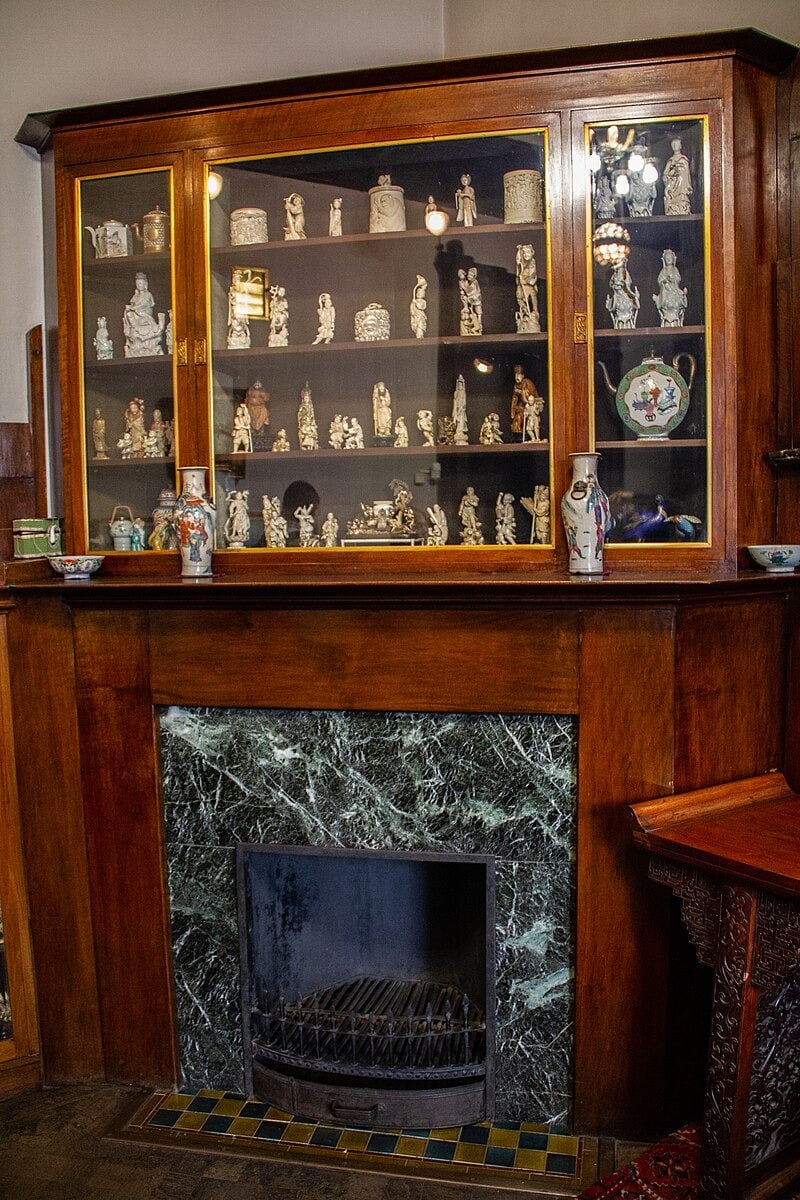
The house’s original Art Nouveau furniture, lost during the Revolution, has been replaced with pieces from Gorky’s era, but the distinctive decorative elements designed by Schechtel remain intact.

Located in the historic center of Moscow at 6 Malaya Nikitskaya, the Gorky Museum offers free admission, making it an accessible destination for anyone interested in Russian history, literature, or architecture.
